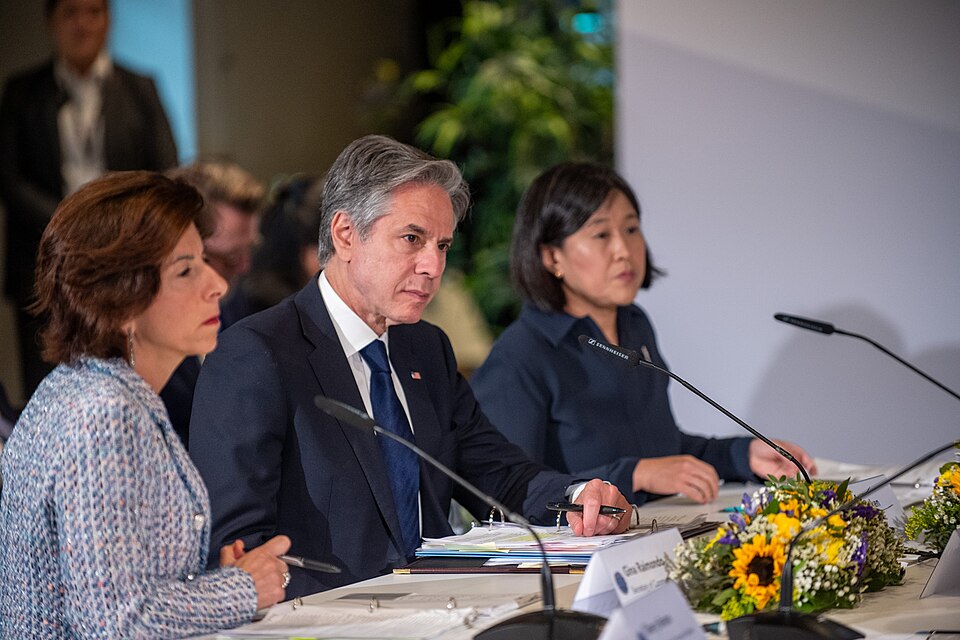US and EU Finalize Trade Agreement Amid Looming Tariff Deadline

In a significant move to stabilize transatlantic trade relations, the United States and the European Union announced a trade framework agreement this past Sunday, just days ahead of a critical deadline set by the Trump administration to impose increased tariffs. The agreement, revealed during a meeting between U.S. President Donald Trump and European Commission President Ursula von der Leyen at Trump’s golf course in Scotland, will impose a flat 15 percent tariff on EU goods imported into the United States. This tariff is considerably lower than the previously threatened 30 percent increase, which had sparked fears of a trade war between the two major economies.
The deal is expected to affect approximately one-third of global trade, emphasizing its vast economic implications. According to President Trump, the agreement will bring about more predictability and stability for businesses on both sides of the Atlantic. "It was a very interesting negotiation. I think it’s going to be great for both parties," he stated during a joint press conference following their discussions.
Von der Leyen echoed these sentiments, describing the broad tariff agreement as a beneficial resolution that would enhance economic cooperation between the U.S. and the EU. She noted, "It will bring stability. It will bring predictability. That’s very important for our businesses on both sides of the Atlantic."
The deal also includes commitments from the EU to invest an additional $600 billion into the United States and purchase an extra $750 billion worth of U.S. energy and military equipment. German Chancellor Friedrich Merz welcomed the agreement, stating it helped avoid "needless escalation in transatlantic trade relations."
The trade framework comes in the wake of ongoing tensions exacerbated by previous tariffs, which saw the EU subjected to a 25 percent levy on cars and a 50 percent tariff on steel and aluminum. As reported by the Office of the United States Trade Representative, the U.S. had been threatening to escalate tariffs on EU imports to 30 percent had the negotiations not yielded a satisfactory outcome by the deadline.
This latest agreement marks a continuation of the Trump administration's strategy to negotiate favorable trade deals with various partners, including Japan, the UK, Indonesia, and Vietnam. The impact of these prior agreements remains under scrutiny as domestic industries adapt to the changing trade landscape.
In light of this trade deal, experts are assessing the long-term implications for both economies. Dr. Emily Carter, an economist at the University of California, Berkeley, stated, "While these tariffs provide a temporary relief from escalating trade tensions, they still impose significant costs on consumers and industries reliant on imported goods. The impact on inflation and market stability will need to be monitored closely."
Furthermore, international trade analysts are keenly observing how this agreement influences global trade dynamics. According to Dr. Michael Thompson, a trade policy expert at the Peterson Institute for International Economics, "This deal could serve as a blueprint for future negotiations, especially if it successfully stabilizes the economic relationship between the U.S. and the EU."
As the world watches, the implications of this trade agreement extend beyond mere tariffs. It reflects a broader strategy by the Trump administration to leverage trade policy as a tool for enhancing domestic industries while navigating complex international relations. The effectiveness and longevity of this agreement will be critical in shaping the future of U.S.-EU trade relations and the global trade landscape at large.
Advertisement
Tags
Advertisement




